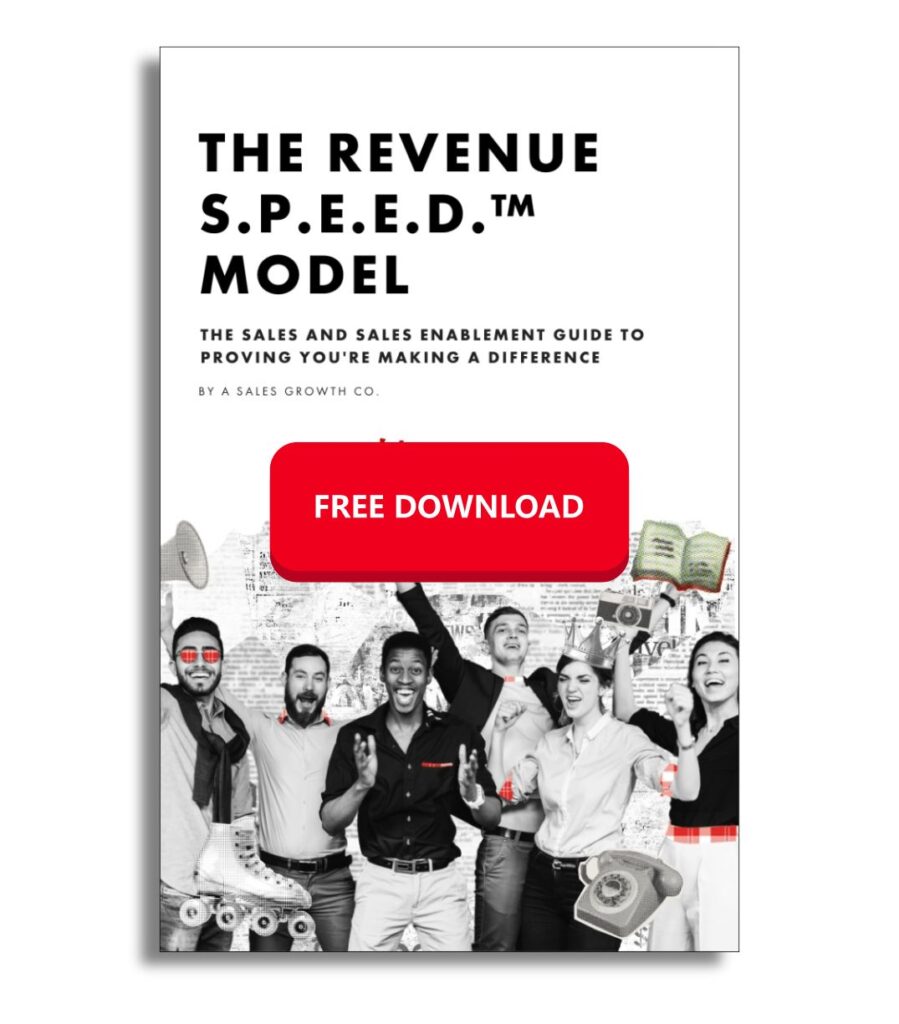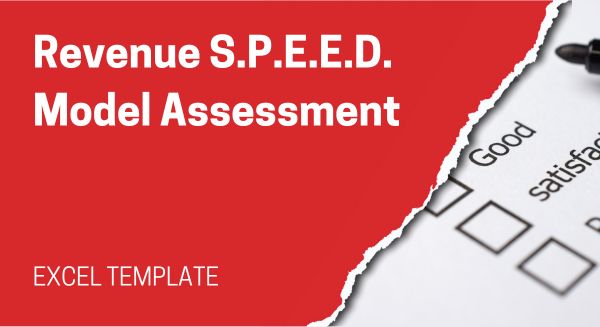Sales enablement, this is for you. Tired of feeling the constant pressure to prove your worth? Find yourself lying awake, wondering if your efforts and investments are moving the needle? Have you been questioning whether those sales training sessions, meticulously crafted playbooks, or latest tech investments are boosting sales performance? Feeling like your constantly on thin ice at the end of every quarter when leadership comes knocking?
Here’s the deal. There’s a missing connection between the 3 layers of your sales organization – the skills management layer, the opportunity management layer, and the forecast management layer. When these 3 units are operating separately your contributions to the org are silent and invisible. This forces you into an irritating cycle of justifying your position.
The solution is simpler than you might think, if you’re willing to put in the work. You need to bring these 3 layers together into 1 integrated, solid framework. This is where the new ASG Revenue S.P.E.E.D. model comes in. Let’s start making your results impossible to ignore.
The Core Problem in Sales Enablement Strategies
The root of your challenge lies in the disconnect between the 3 layers of each sales organization. Enablement teams tend to make significant investments in the skills management layer. For example, training program development, implementing sales methodologies, and creating playbooks. These efforts, while necessary, frequently fail to translate into improved sales performance.
Why? The skills and processes taught by enablement are not properly practiced, absorbed, and applied at the opportunity layer. Salespeople may receive extensive training but without the proper systems in place for applying the training across the sales process they revert back to their old habits. This disconnect then cascades up to the forecast management layer, where inaccurate and unreliable forecasts make it impossible to prove the impact of enablement initiatives.
In other words, all those playbooks and trainings do not results in higher win rate, deals closing faster, better quota attainment, or higher average contracts.
The Revenue S.P.E.E.D. Model
To implement the S.P.E.E.D. model and start quantifying the results of your efforts we must start at the skills management layer. Is there a sales methodology in place that all sellers and management adhere to? Do you have a centralized learning environment, a certification process, and a strong emphasis on the buyer input data that is unique and necessary to the organization?
Buyer input data may be the most crucial piece of this. This is the specific information collected from the buyer that moves a deal forward. This is not budget, authority, need, or timing.
Next, the opportunity management layer. Where the skills and chosen methodology are applied. Frontline sales managers play a critical role here. This layer involves implementing a consistent sales qualification framework, a CRM built around the method, and regular pipeline and deal reviews. The opportunity management layer requires a scoring system that objectively evaluates the quality of the buyer input data captured during the discovery process.
Lastly, the forecast manager layer, leverages historical data and the buyer insights from the opportunity management layer to generate accurate and reliable revenue predications. To achieve this, you must define exactly what information is needed or what score a deal must receive for it to be included in the forecast.

Measuring and Proving Impact of Sales Enablement Efforts
Each layer will require its own analysis to find the weak points and measure success. At the skills management layer, enablement must ensure the methodology, buyer data, and coaching framework are well documented and being consistently applied across the sales team. An objective assessment of individual and team competency should be performed on a regular basis, giving sales enablement the visibility into where additional training or reinforcement is needed.
In the opportunity management layer, implementing a sales methodology and well define buyer input data give sales management the opportunity to conduct meaningful pipeline and deal reviews. Rather than relying on feelings or arbitrary stage probabilities, managers can no leverage scoring systems that evaluates the quality and completeness of the information captured by reps. In turn, this provides enablement with clear, data-driven insights in which skills and behaviors impacted 3 key KPIs – win rates, deal sizes, sales cycle length.
Finally, the forecast management layer. By tying forecasted deals directly to the depth of customer information, enablement can quantify the impacts of their investments based on the reliability and accuracy of the forecasts.
The constant pressure to prove the impact of your enablement efforts has long plagued us. Implementing the Revenue S.P.E.E.D. model gives you a clear path to overcoming this challenge. Aligning your methodology, buyer input data, and performance across these 3 layers enablement teams can demonstrate the tangible impacts of their work.




0 Comments